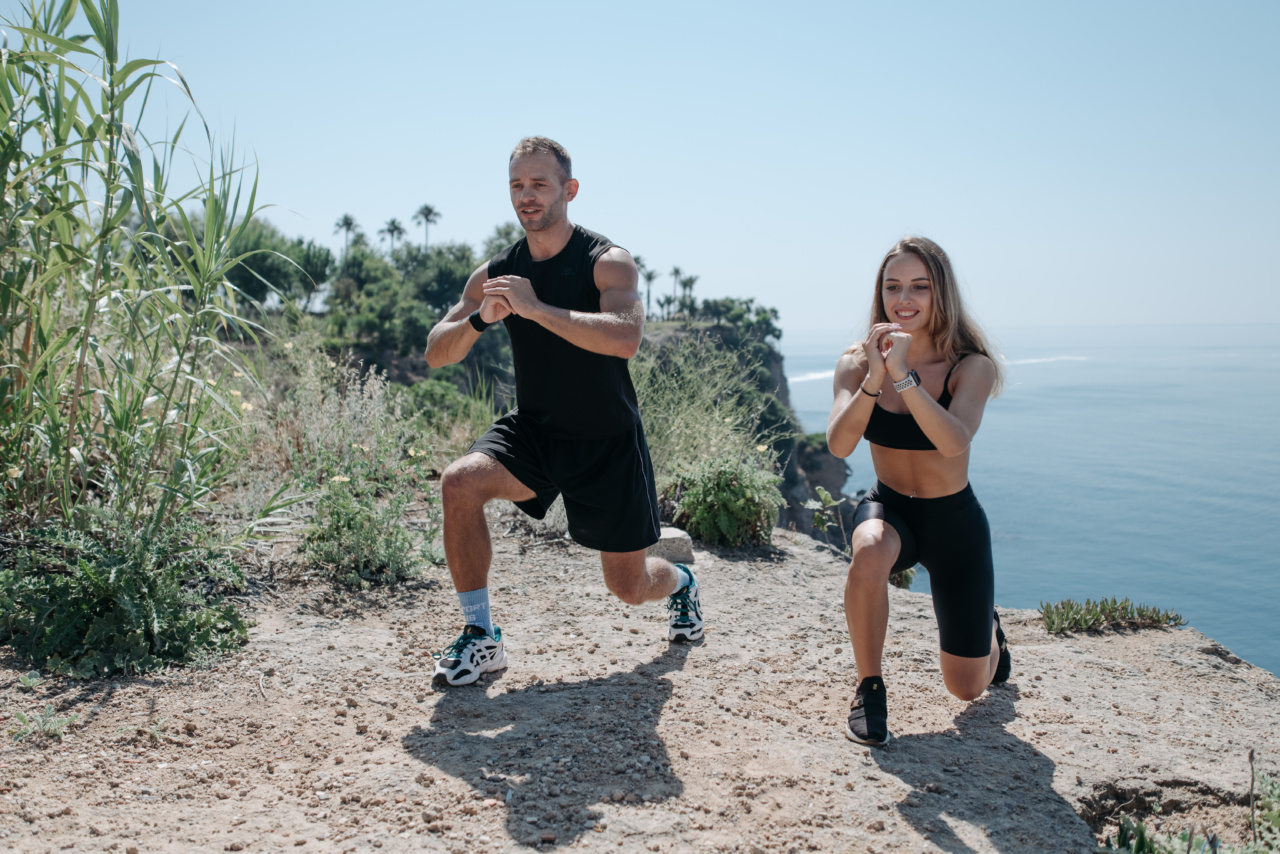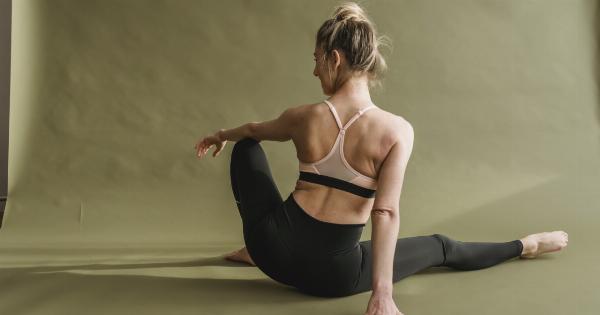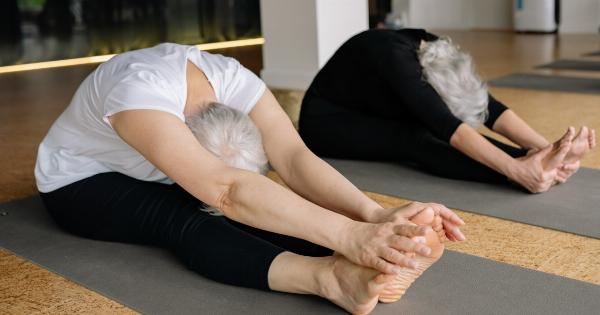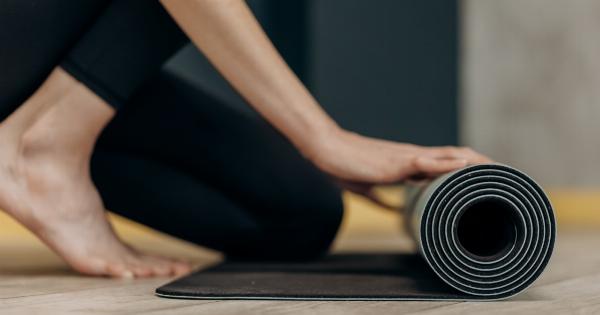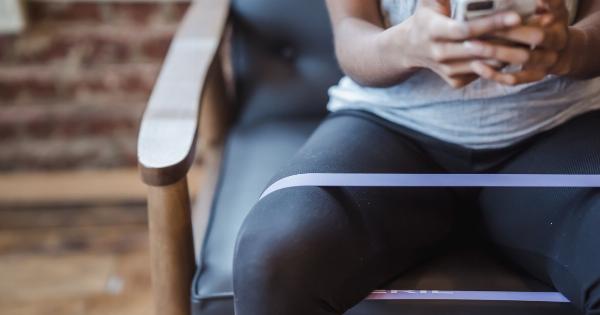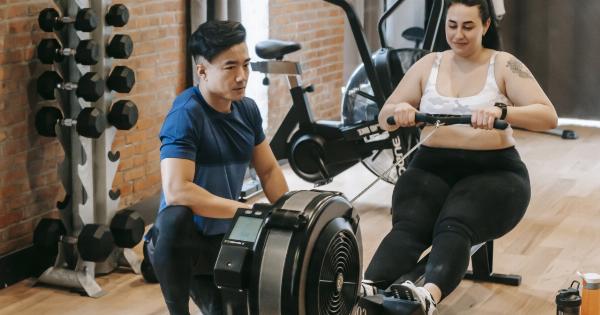Good posture is essential for maintaining a healthy spine and preventing a range of musculoskeletal issues.
Unfortunately, many people struggle with poor posture due to long hours spent sitting at a desk or engaging in activities that promote slouching.
The good news is that there are simple exercises you can incorporate into your daily routine to help improve your posture. These exercises target the core, back, and shoulder muscles to strengthen and align your spine.
Let’s dive into three easy exercises that can help you straighten up:.
1. Plank Pose
The plank pose is a great exercise for strengthening your core and promoting proper alignment of the spine. It helps to stabilize the muscles surrounding your spine, leading to improved posture.
To perform the plank pose:.
- Start by getting into a push-up position, with your hands directly under your shoulders and your toes tucked under.
- Your body should form a straight line from your head to your heels.
- Engage your core muscles by pulling your navel towards your spine.
- Maintain this position for 30 seconds to 1 minute, or as long as you can while maintaining proper form.
- Repeat for 3-5 sets.
Remember to breathe evenly as you hold the plank pose. Over time, you can gradually increase the duration of each plank to further enhance the benefits.
2. Bird Dog Exercise
The bird dog exercise is an excellent exercise for improving core stability and strengthening the muscles in your back and shoulders. This exercise helps to align your spine and counteract the effects of slouching.
To perform the bird dog exercise:.
- Start on all fours, with your hands directly under your shoulders and your knees under your hips.
- Keep your core engaged and your back straight.
- Extend your right arm forward and your left leg back, keeping them parallel to the floor. Maintain your balance.
- Hold this position for a few seconds while focusing on keeping your hips and shoulders level.
- Return to the starting position, and then repeat on the opposite side.
- Complete 10 repetitions on each side, and gradually increase the number of repetitions as you become more comfortable.
Make sure to keep your movements slow and controlled throughout the exercise. Avoid arching your back or allowing your hips to tilt to one side.
3. Shoulder Blade Squeeze
The shoulder blade squeeze exercise targets the muscles between your shoulder blades. By strengthening these muscles, you can improve your posture and reduce the rounding of your shoulders that often occurs with poor posture.
To perform the shoulder blade squeeze exercise:.
- Stand tall with your feet hip-width apart.
- Roll your shoulders back and down, bringing your shoulder blades together.
- You can hold your hands on your hips or let them hang by your sides.
- Hold this position for 5-10 seconds, feeling the squeeze between your shoulder blades.
- Release and repeat for 10-15 repetitions.
By practicing this exercise regularly, you can strengthen the muscles that support good posture and gradually train your body to maintain a more aligned position throughout the day.
Conclusion
Improving your posture is crucial for the health of your spine and overall well-being.
By incorporating these three easy exercises into your daily routine, you can strengthen the muscles that support proper alignment and reduce the risk of developing postural issues.
Remember to always listen to your body and consult a healthcare professional before starting any new exercise routine, especially if you have any underlying health conditions or injuries.
Take the first step towards improving your posture today, and enjoy the benefits of a straighter, healthier spine!.
